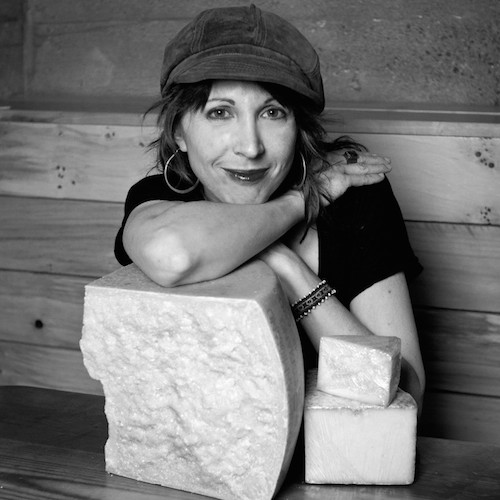
Mezcal is having a moment. The agave-based spirit has been the most culturally significant beverage in Mexico for centuries. Now, thanks to wider distribution and education-forward bar programs, mezcal mania has gone global.
The spirit is often stereotyped as being smoky, but the 30-plus agave species that can be used to produce it—particularly the less-common wild ones—result in a striking diversity of flavors. Terroir also comes into play, since agave species grow in a variety of altitudes and habitats in the nine regions of Mexico (particularly Oaxaca) where mezcal is made.
The traditional accompaniment consists of sliced oranges garnished with sal de gusano—a mix of sea salt, toasted and ground maguey worms, and Oaxacan chile costeño. Pairing the drink with dairy is a recent phenomenon, as cheese in Mexico is mostly consumed at breakfast. “It’s an evolving idea,” says Mexican cheese scholar and author Carlos Yescas, who cites the increasing consumption of mezcal in Oaxaca alongside snacks such as tlayudas, crunchy tortillas topped with beans, meat, avocado, and queso Oaxaca.
Drew Jerdan, bar manager of Las Perlas Mezcaleria in Austin, Texas, is a fan of matching mezcal with queso. “A lot of people [find] cheese and yogurt aroma notes in mezcals, so it makes perfect sense,” he says. “Most mezcal is made through open-air fermentation; at times you can see malolactic conversion and get a whiff of everything from parmesan to Taleggio.” The wild, high-altitude agave species of cupreata and tobala, he adds, are especially likely to yield a cheesy funk.
Espadín
The majority of mezcal is made from an agave species called espadín, which can be either cultivated or wild. Thriving in many habitats and maturing quickly, it’s an affordable and sustainable choice. But don’t mistake ubiquity for lack of quality; many standout versions offer unique and complex flavor profiles, ranging from fruit and chocolate to earth and minerals. Gracias A Dios El Petacón, a smooth, syrupy, and smoky mango-infused sipper, is dreamy with a fresh chèvre dusted with chipotle powder and honey. Likewise, the tobacco, vanilla, bitter orange, and caramel notes in a bourbon cask–aged añejo mezcal harmonize with chèvre smoked over maple and alder, then wrapped in bourbon-spritzed maple leaves.
Bee Tree Farm & Dairy Diablito + Gracias a Dios El Petacón
River’s Edge Chèvre Up in Smoke + Mezcal Ilegal Añejo
Wild Agave
If you have a more adventurous palate, explore wild mezcals. Yescas recommends pairing earthy varieties with real mountain cotija from Mexico, available through select outlets in the US. El Jolgorio Tepeztate, made from a cliff-dwelling agave, has bright, herbaceous, mineral qualities that complement the earthy aromatics of a fresh chèvre swathed in hoja santa (a staple of Mexican cuisine, the herb is a member of the pepper family), while the creamy texture and vanilla, sea salt and caramel flavors of Point Reyes Farmstead Cheese’s Bay Blue showcase Rey Campero Tepextate’s notes of smoked flowers and orange peel.
Mozzarella Company Hoja Santa + El Jolgorio Tepeztate
Point Reyes Farmstead Cheese Co. Bay Blue + Rey Campero Tepextate
Pechuga
This special-occasion mezcal is triple-distilled with varying mixes of fruit, nuts, grains,and spice. Raw meat—usually poultry—is suspended above the still (it’s thought to add a savory quality and capture harsh fumes). Mezcals made in this style have an almost syrupy mouthfeel and intense aromatics. A cumin-spiked aged cow’s milk cheese matches the spice and hints of licorice in Pierde Almas Pechuga, while a semi-firm goat gouda with notes of nuts and caramel mirrors the almondy, chocolaty aromas in Mezcal Tosba Pechuga.
James Ranch Artisan Cheese Leyden + Pierde Almas Pechuga
Central Coast Creamery Goat Gouda + Mezcal Tosba Pechug




